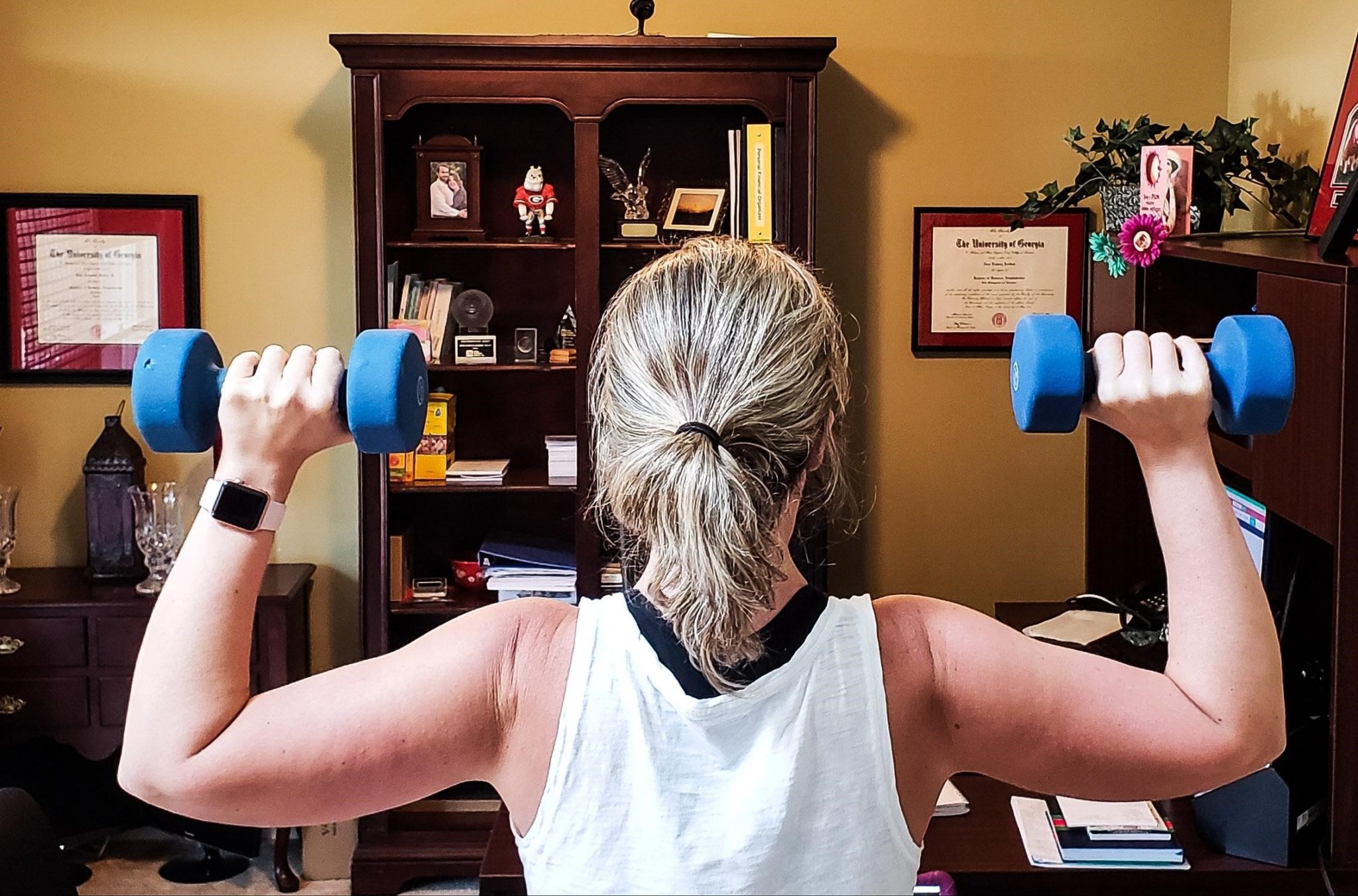A lot of parents consider education within schools to be purely academic. Whereas students often see school as a mix of academia and socializing. Very few of us really consider the practical lessons that also take place. While there’s no doubt that English, Math, and Science are important, health education classes can also have a huge impact on the overall quality of life of pupils. It should not be overlooked.
The skills and knowledge that this class provides can also make a huge difference in their future. This is a class take teaches students about some of life’s important personal decisions.
That’s why it’s so important to follow the 5 tips below when developing a health education curriculum for students.
Five tips for an effective health education curriculum
1. Be inclusive
There are a whole lot of people who need to be involved in producing a strong curriculum. This includes,
-
-
-
-
-
- gym teachers
- science teachers
- nutritionists
- nurses
- doctors, and
- students themselves
-
-
-
-
All of them should have a say This is because each of these individuals has their own area of expertise that can be valuable to developing a solid program.
Leaving all aspects of health to a person who is only experienced in one field can leave huge gaps in your syllabus. Therefore, it is important to promote the fact that you are developing a curriculum in order to make sure that you include as many voices as possible.
Without representation from all aspects of the community, and people who have specific qualifications in certain areas, your curriculum won’t be as effective as it could potentially be.
As a good health class will cover everything from cycling safely to immunizations to STIs to mental health to diet and exercise, it is simply impossible to expect one person to be able to put together a great curriculum on so many varied issues.
2. Coordinate your health education curriculum with other programs
Many communities have existing groups that provide information on a variety of topics that will also be covered in a health class. It can be very helpful to coordinate with these groups.
This will make sure that you have the correct connections to the outside community. It is particularly important because these organizations are where your students will find support after they leave school.
This also ensures that
-
-
-
-
- There is a coordinated approach with the community
- Students and their parents aren’t receiving conflicting or contradictory information.
-
-
-
This makes it easier for students to speak with their family members or get advice from within or outside of school.
It can also be really helpful to have guest speakers come to health class to talk about their relevant areas of work. Students may be less self-conscious and happier to ask questions of them.
These experts will also be able to draw on their own experiences, without worrying about accidentally revealing the identity of a student who may have been in trouble.
For example, a regular teacher may not have sufficient knowledge to deliver an effective class regarding violence, gangs, or even mental health. These are all incredibly complex subjects.
If you want to provide your students with the best possible education, then you will need to link with professionals like this.
3. Make sure timing is right
Many parents are very uncomfortable addressing topics such as sex, reproduction, or even alcohol and drug use. Often, parents only really bring up these issues once they’re already worried about their kids. Or when they suspect their child is already be involved.
However, prevention is always the best approach. Most studies show that talking to kids about two years before certain behaviors are expected to start is most effective.
This means that they need to learn about drinking responsibly before it is legal. And, they need to learn about having safe sex before the ages at which sexual experimentation begins in earnest.
While there may be some resistance from parents, any good curriculum must start at the right time to be effective. This should absolutely be considered during the planning stages of curriculum development.
It’s important to do research into the local area for the ages most students are at risk for various issues, such as mental health or drug use. And, to make sure that your health class addresses this in the two years prior to that age.
Related content: A Back-To-School Checklist for Children with Special Needs
4. Standardize your health education curriculum
Your health education curriculum should be standardized as much as possible. You should be following core pillars and making sure you include universal principles in your teaching.
You shouldn’t decide to neglect certain parts of well-acknowledged necessary elements because you feel they don’t fit in with your school. Following expert recommendations on topics and procedures is absolutely the best way forward.
However, this needs to be done in a delicate balance with a personal approach. Nobody knows better than you what issues are more important in your school.
For example, there may be more eating disorders, obesity, or mental health problems in your area than on average. If that is the case, it makes sense to focus on those elements more than others if that’s what you think your students need. But, remember, you do need to cover all of the topics even if you choose to focus more on certain ones.
There should also be an option for creativity and student involvement to make sure that they are, in fact, receiving the services that they need.
While this may be tough in schools or districts that are more religious, the priority needs to be the continued well-being of students. This means that you should not avoid subjects on standardized elements just because they might ruffle some feathers.
5. Practice what you preach
When coming up with a curriculum for a health class, a lot of healthcare and education professionals forget to check if the rest of the school reinforces the lessons students receive.
Is it possible to talk to someone about mental health? Is contraception available and are there signs to make students aware of where they can find help anonymously?
Even small factors, like ensuring healthy lunch options are available, can help solidify the message of living a healthy life. This makes your message more meaningful and earns the trust and confidence of students.
The bottom line when it comes to health education
Developing a health class that works for all students is tough. However, following the above tips helps you provide a class that can provide a lot of advice, relevant to all students.
This article was first published on 6/27/17. It was medically reviewed and updated for republication on 8/30/20.
Gloria Kopp
Gloria Kopp is an educator and an e-learning consultant from Manville city. She graduated from the University of Wyoming and started a career as a business writer and an educator. Now, she works as a tutor at Write my essay company. She is also a regular contributor to such websites as Engadget, Assignment service, Huffingtonpost, etc. Read her latest blog post about the Australian Essay.
Comments:
Leave a Reply
Comment will held for moderation








Nice Post.